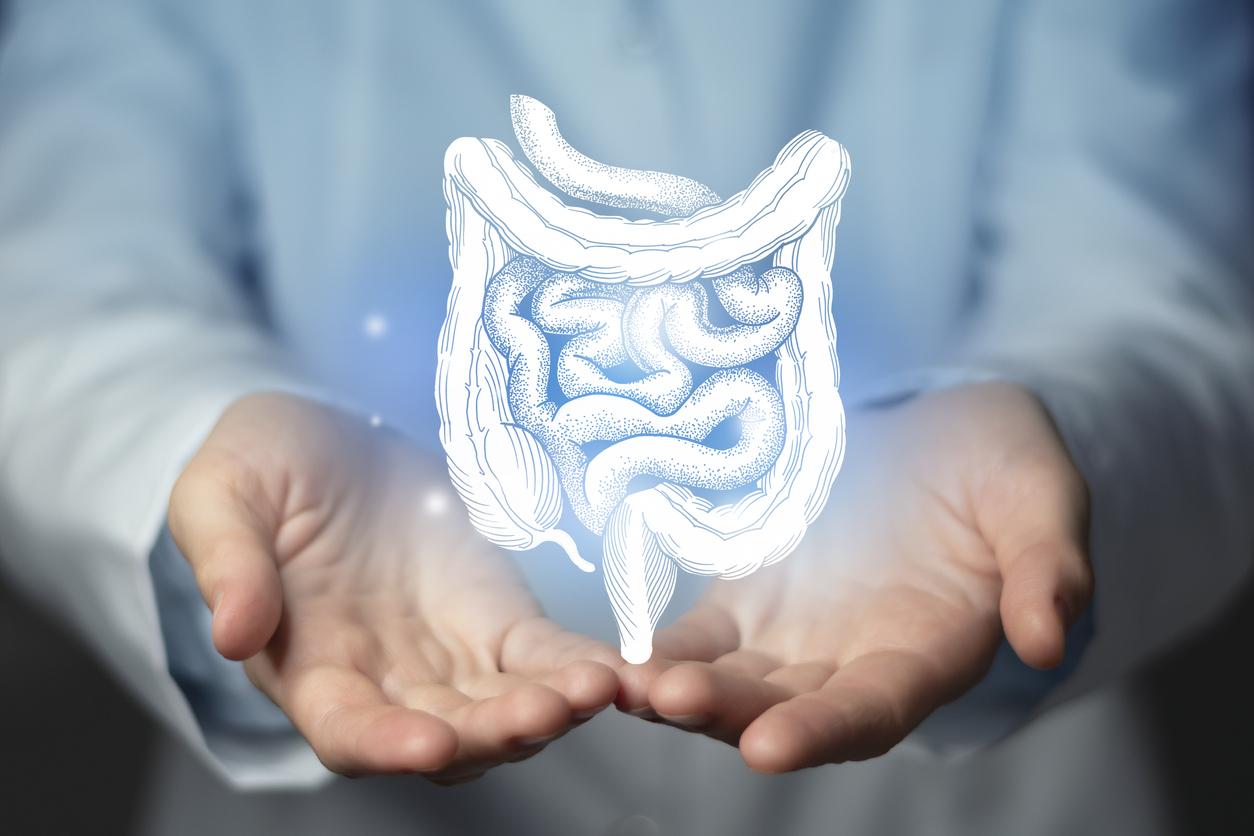
From testicle to urethra
The penis and balls are probably the most famous stars of the male reproductive system. You can’t see much more from the outside, of course. However, quite a lot still happens in the male body before sperm cells from the balls leave the body through the penis.
The main male reproductive functions are the formation of sperm cells, sexual intercourse and the maintenance of sexual function via hormones. Different sex organs are involved both internally and externally.
 Penis
Penis
For reproduction, the penis plays two important roles. First of all, thanks to the cavernous bodies, it makes sexual intercourse possible. In addition, it transports the sperm cells to the woman via the urethra. In addition to the cavernous bodies and the urethra, the glans penis, also known as glans, is an important part. In general, it is exposed during an erection. Stimulation of the glans can lead to orgasm and ejaculation (ejaculation).
The penis of an adult man is on average 9.8 centimeters relaxed and 14.8 centimeters when erect.
testicles (testes)
The scrotum, also called the scrotum, is a flap of skin that hangs between the penis, legs and anus. The two testicles are located in this sac-shaped fold of skin. A testicle has an oval shape and is 4 to 5 centimeters long. Because the testes hang outside the body, the temperature is somewhat lower. This improves the quality of sperm.
Each testicle consists of about 200 to 300 lobes, which in turn consist of several seminal ducts. Sperm cells and cells that produce the male hormone testosterone and small amounts of oestrogens develop in these tubes. The mature sperm cells are transported to the epididymis via a network of channels.
Epididymis (epididymis)
Behind each testicle is an epididymis. This organ has the shape of a comma and consists of a fully coiled tube of no less than 5 meters. Channels of the testicles open into this tube.
In the epididymis, the sperm cells mature further. For example, they develop the ability to swim and to bind to the female egg. Mature sperm cells are stored in the epididymis for about 2 to 3 weeks. If no ejaculation follows, they are then broken down.
vas deferens (ductus deferens)
A vas deferens arises from each epididymis, this tube is about 50 to 60 centimeters long. The vas deferens connects the epididymis with the urethra. For this he first goes through the groin and then with a large bend towards the prostate. Behind the prostate, the vas deferens meet the drainage of the seminal vesicles. The two vas deferens together form the ejaculatory duct. This tube runs through the prostate and opens into the urethra.
Seminal vesicles (vesiculae seminales)
The seminal vesicles are glands that produce semen. About 70 percent of the sperm consists of this. The thick, slightly alkaline fluid contains, among other things, fructose, the hormone prostaglandin and the protein fibrinogen. Thanks to the alkaline moisture, sperm can survive in the acidic environment of the vagina. The fructose is an energy source and the prostaglandin increases mobility. Fibrinogen contributes to the thickening of the sperm after ejaculation.
The seminal vesicles are about 5 centimeters long and are shaped like a pyramid. Both seminal vesicles open into the vas deferens just above the prostate.
Prostate
The prostate is located just below the bladder outlet and around the urethra. It consists of billions of small tubes that together make prostate fluid. When ejaculating, the sperm cells are pumped to the prostate. There they are mixed with the prostate fluid (about 25 percent of the semen consists of prostate fluid). During ejaculation, the prostate contracts and the sperm is forced out through the urethra. At the same time, the bladder is closed so that your sperm cells cannot enter your bladder.
Cowper’s glands
Before the sperm cells reach the urethra, Cowper’s glands first secrete pre-cum. The mucus from these glands neutralizes the urethra. Residual urine can kill the sperm cells. The pre-cum also forms an effective lubricant. Cowper’s glands are located at the root of the penis.















